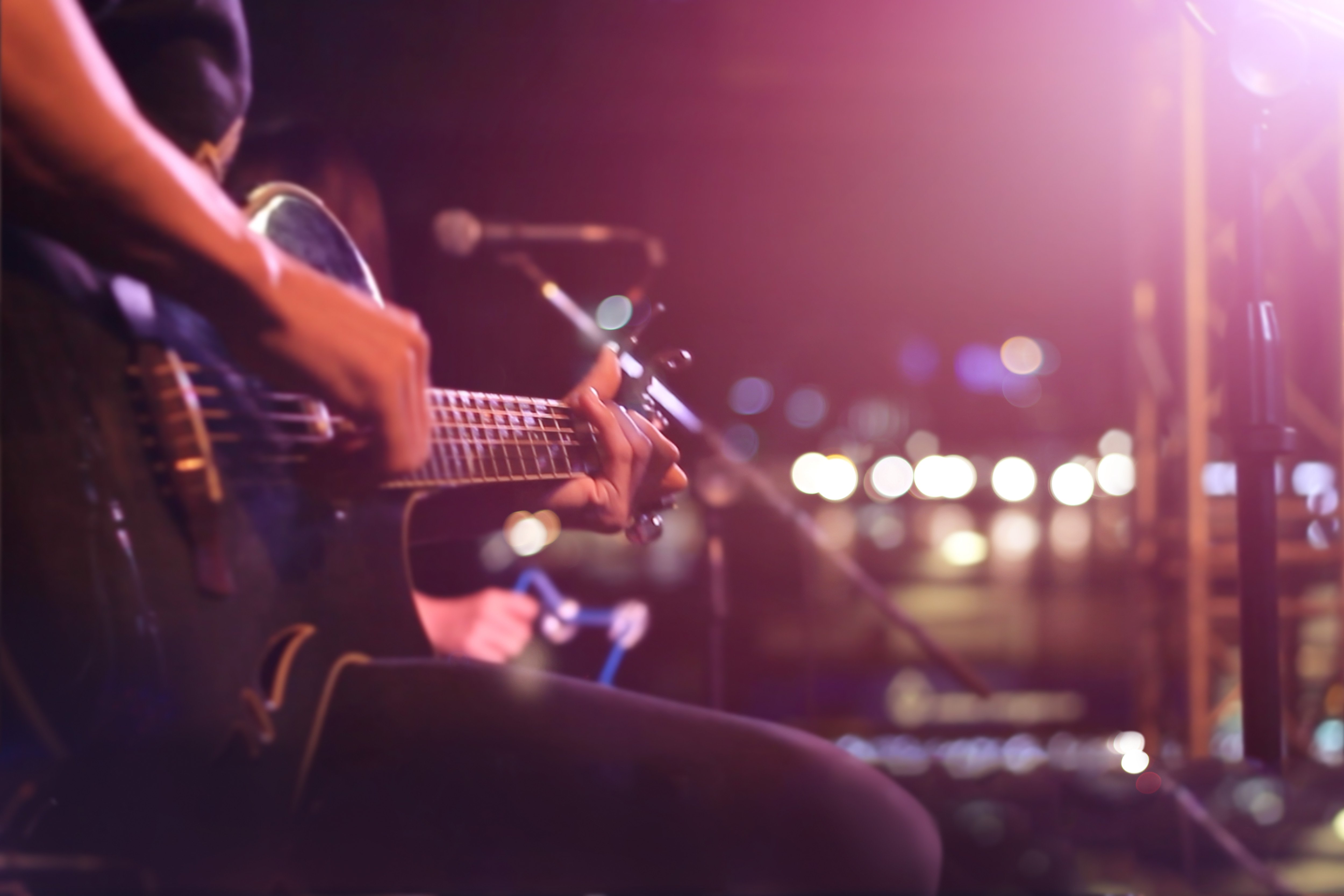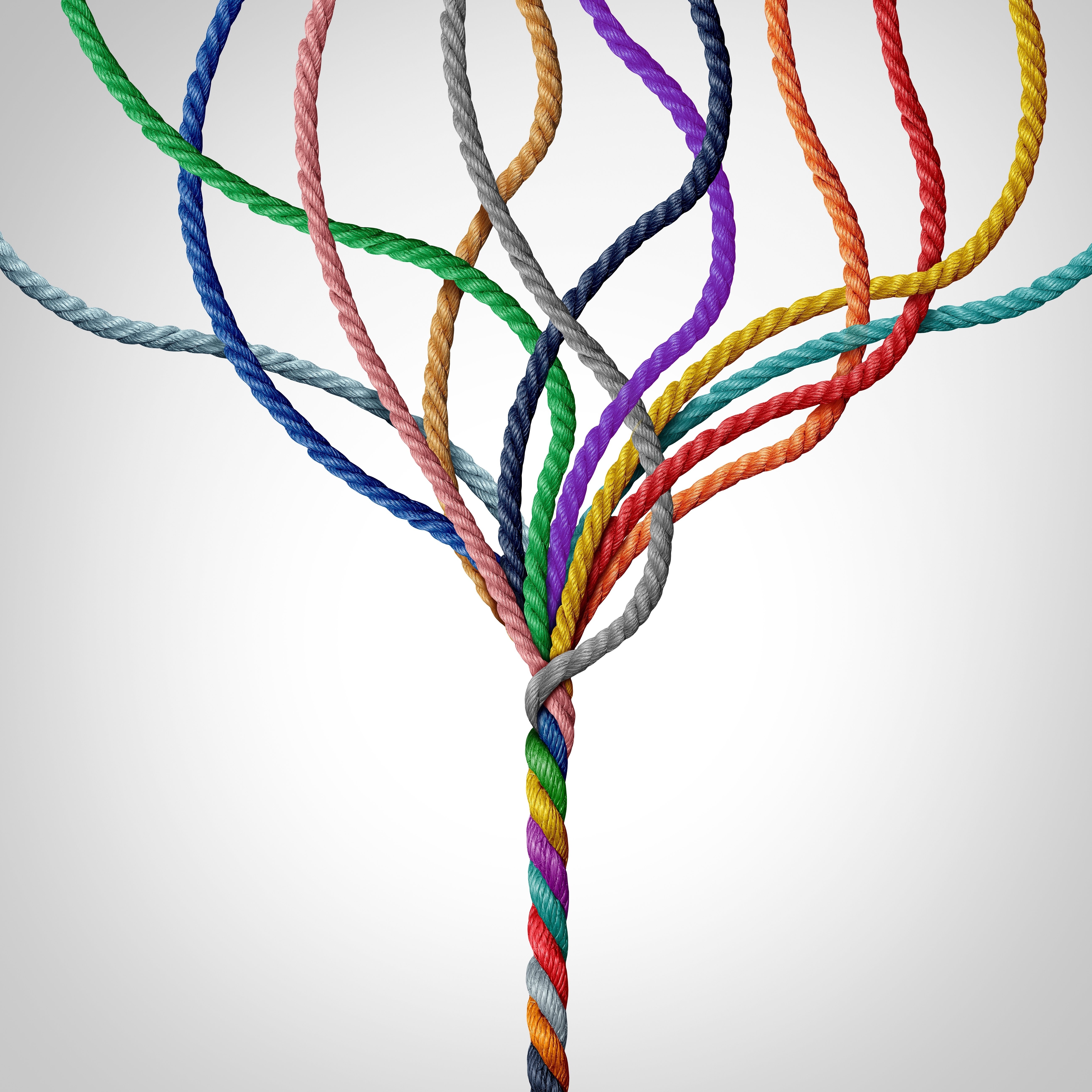Revolutionizing the Music and Art Industry: The Potential of NFTs
In recent years, Non-Fungible Tokens (NFTs) have taken the world by storm, transforming the way we perceive and trade digital assets. While initially associated primarily with digital art, NFTs are now poised to revolutionize the music and art industries in profound ways. Let's delve into how these industries can benefit from the integration of NFT technology.
- Ownership and Authenticity: One of the most significant advantages NFTs offer is establishing ownership and authenticity in the digital realm. In the music industry, for instance, artists can mint NFTs representing ownership rights to their songs or albums. This provides a transparent and immutable record of ownership, tackling issues like piracy and unauthorized distribution. Similarly, visual artists can use NFTs to authenticate their digital artworks, ensuring buyers receive genuine pieces and artists receive proper recognition and compensation for their work.
- Direct Artist-to-Fan Interaction: NFTs enable direct peer-to-peer transactions between artists and fans, cutting out intermediaries such as record labels or galleries. This direct interaction fosters a deeper connection between creators and their audience, allowing artists to retain more control over their work and finances. Through NFT marketplaces, musicians can sell limited edition albums, exclusive concert experiences, or even personal memorabilia directly to their fan base, creating a more intimate and rewarding relationship.
- Monetization Opportunities: NFTs open up new revenue streams for artists beyond traditional avenues. Musicians can tokenize individual tracks, albums, or even moments from live performances, creating scarcity and exclusivity that collectors are willing to pay a premium for. Visual artists can sell digital art pieces as NFTs, with the added benefit of earning royalties every time their work is resold—a feature previously unavailable in the traditional art market. This democratization of revenue allows artists of all backgrounds to monetize their creations more fairly and sustainably.
- Creative Freedom and Experimentation: NFTs empower artists to explore new forms of expression and creativity. Musicians can experiment with different distribution models, such as releasing music exclusively as NFTs or bundling digital art with albums to enhance the overall experience. Visual artists can leverage the programmable nature of NFTs to create interactive or evolving artworks, blurring the lines between static pieces and dynamic experiences. The flexibility offered by NFTs encourages artists to push boundaries and innovate in ways that were previously constrained by traditional formats.
- Community Engagement and Collaboration: NFTs facilitate community engagement and collaboration in unprecedented ways. Artists can create tokenized memberships or access passes, granting holders exclusive perks such as behind-the-scenes content, virtual meet-and-greets, or voting rights in creative decisions. Collaborative NFT projects, where multiple artists contribute to a single collection or series, foster camaraderie and cross-promotion within the artistic community. By leveraging the decentralized nature of blockchain technology, NFTs create a sense of belonging and participation among fans and creators alike.
In conclusion, the integration of NFTs into the music and art industries presents a transformative opportunity to redefine how we create, consume, and value digital content. By addressing issues of ownership, authenticity, and monetization, while also fostering creativity, community, and collaboration, NFTs have the potential to unlock a new era of innovation and prosperity for artists worldwide. As this technology continues to evolve, it's crucial for stakeholders to embrace its potential and explore the myriad possibilities it offers for the future of music and art.
 nXlvl
:
Apr 9, 2024 1:37:59 PM
nXlvl
:
Apr 9, 2024 1:37:59 PM



